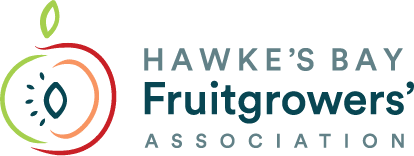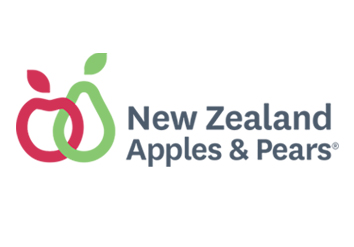Last month’s NZAPI Pollination Field walk was a great opportunity to discuss hive management and pollination with beekeepers, researchers, and other growers. Kintail Honey and Arataki Honey provided some great tips on what to be looking for and how to work effectively with your beekeeper. David Pattemore from Plant and Food Research focused on bee behaviour and the importance of pollination.
Importance of Pollination
Apple pollen is heavy and sticky; it generally cannot be transferred by the wind. For apples to set seed and develop into fruit they require an insect pollinator. Furthermore, most varieties are self-infertile meaning they require compatible pollen from a different variety that is blooming at the same time. Apple trees that are planted to provide pollen to the main crop are called pollinisers; of which compatible flowering crab apples and granny smith are commonly used.

Honeybees – Hive Management
In New Zealand, honeybees are by far the most important pollinator of apples, representing more than 90% of flower visits in some orchards. Temperature, wind, and hive strength will influence honeybees’ effectiveness as pollinators, so it is important to get things like hive placement and colony strength right.
Communication with your beekeeper
It is important you communicate early with your beekeeper to discuss your pollination requirements, well before you need the hives. The following information provide some topics you should discuss with your beekeeper to allow a tailored pollination plan for your orchard.
Placement
Bees work best at 15°C to 25°C, and the earlier they warm up the longer they will be foraging and pollinating your crop. Hives should be placed somewhere:
- Easily accessible
- Sunny
- Sheltered from rain, irrigator sprinklers and cold or intense wind.
It is generally recommended to place hives near the middle of the block. This ensures a more uniform spread of bees across the block.
Strength of the hive
For apple pollination a hive should hive the following specs
- minimum of 3-4 frames of brood,
- nine frames of bees,
- at least a frame of honey,
- a good laying queen,
- room for expansion,
- free of disease (AFB) have Varroa management programme (e.g., strips).
Check your hives
On a warm day (between 15°C to 25°C) you should have a good level of bees leaving and entering the hive from morning to afternoon. A hive that is absent of activity on such day may indicate poor quality hive. If you see handfuls of dead bees outside the hive entrance this could be indicative of poisoning.
If you suspect hives are not up to standard or are unhealthy, contact your beekeeper to come and check the hives.
Timing
Generally, the best time for hives to come onto the block is at 5 to 10% bloom.
Honeybees will lock on to the most predominant food source available in the area and stay on it.
If you bring bees into the orchard too early, you risk bees becoming locked onto other food sources other than the apple blossom. At 5 to 10% apple bloom there should be enough flower that the bees primarily focus on your apple or pear trees (rather than surrounding flora).
You will still get bees foraging on apples if you bring them in earlier, but you risk reducing efficacy.
Stocking Rate
There is no one size fits all for stocking rate. Larger monoculture blocks normally require higher stocking rates than smaller blocks. This is due to the larger number of flowers required to be pollinated and the impact of lower food source variability on hive health.
The recommended number of hives is between 2 to 4 hives per hectare.
Some growers have noted that some varieties may require higher stocking rates than others. This could be due to a potential difficulty of honeybees handling the flowers of certain varieties.
For more information about the day or for any questions regarding pollination contact Jake Tully at New Zealand Apples and Pears – jake@applesandpears.nz






